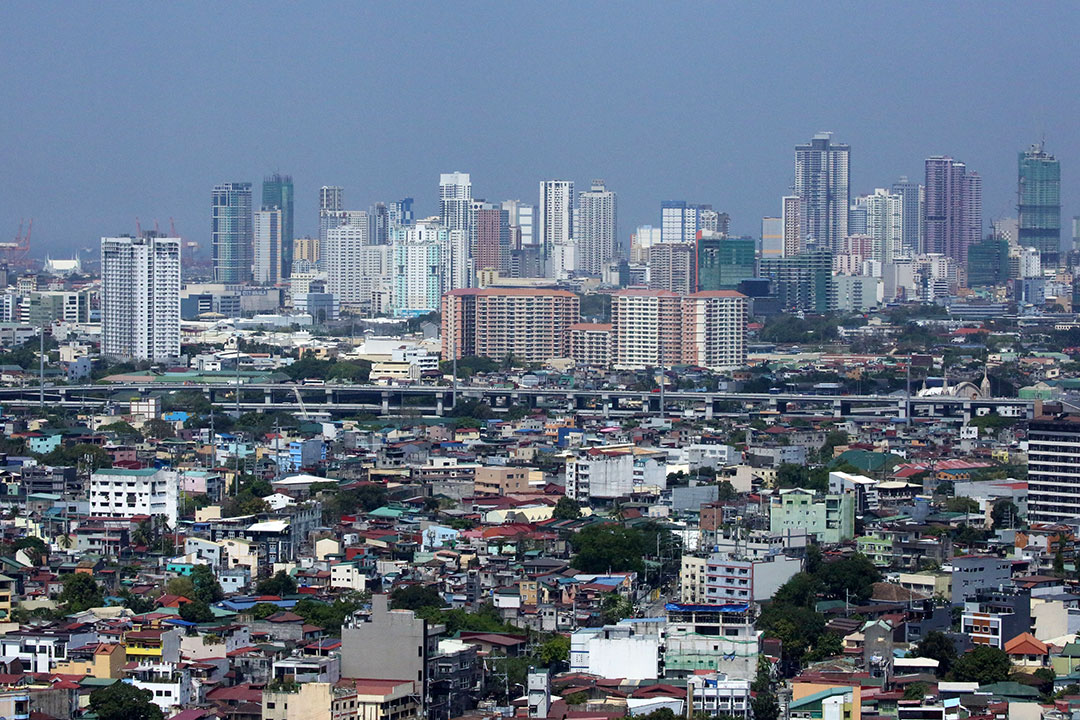
Upgrade to High-Speed Internet for only ₱1499/month!
Enjoy up to 100 Mbps fiber broadband, perfect for browsing, streaming, and gaming.
Visit Suniway.ph to learn
Louella Desiderio - The Philippine Star
June 18, 2025 | 12:00am
During the Tariff Commission’s public hearing to determine if a definitive safeguard duty should be imposed on cement imports, Cement Manufacturers Association of the Philippines president John Reinier Dizon said the imposition of a higher reciprocal tariff on Vietnam’s exports by the US could further exacerbate the cement oversupply in the region.
STAR / File
MANILA, Philippines — Cement manufacturers expressed concern on the higher reciprocal tariff imposed by the United States on Vietnam, citing this may lead to more cement imports, placing greater pressure on the local industry.
During the Tariff Commission’s public hearing to determine if a definitive safeguard duty should be imposed on cement imports, Cement Manufacturers Association of the Philippines president John Reinier Dizon said the imposition of a higher reciprocal tariff on Vietnam’s exports by the US could further exacerbate the cement oversupply in the region.
Prior to the 90-day pause on the reciprocal tariffs and lowering of the rate to 10 percent for most countries, the US announced the imposition of a 46-percent levy on Vietnam’s exports.
While the US suspended the imposition of the higher reciprocal tariffs for 90 days, Dizon said this is a concern for the industry.
Should the 46-percent reciprocal tariff be implemented, it may potentially impact Vietnam’s cement industry and ability to export to the US market.
“This will further result in exacerbating the regional oversupply in Asia,” Dizon said.
While Vietnam has been expanding its production capacity, he said demand in China, which is a major market for Vietnam’s exports, has been subdued.
He also said the industry is facing challenges in terms of capacity utilization.
Despite the local cement industry’s production capacity of 51 million tons, he said domestic cement manufacturers only produced 27 million tons or 53 percent of the capacity utilization.
“And the main reason for such lower utilization are the cement imports coming into the Philippines,” he said.
According to Dizon, the Philippines is also now the third largest importer of cement.
“Many countries also have the same situation. But let’s also help ourselves. Let’s use our capacity in order to improve the situation in the country,” he said.

 5 hours ago
3
5 hours ago
3



